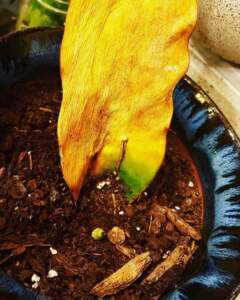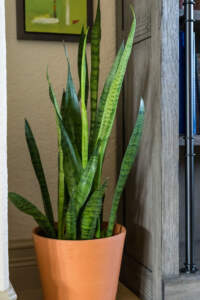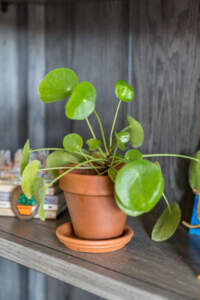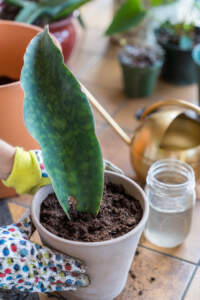Tips of the trade to become a successful plant parent
Like everything, there is a learning curve. But I can’t think of many things more satisfactory that to see a plant grow and thrive, no matter how difficult it may seem.

As a relatively new plant parent, I have experienced the loss of several plants to my lack of experience and abundance of “love” (AKA over-watering). And what I expected to be intuitive, was really not so much.
If you ask me now, I do think that as you gain more experience, you learn to know your plants and their needs based on the way they look, their leaves, the soil. But I could’ve used some reading at the very beginning. However, at this point I have gathered a decent amount of information to share with those out there who either are getting into the “green movement” or have been unsuccessful in caring for a plant.

1. Start simple: nobody wants to get into plant parenthood with all the enthusiasm and fail. I feel that the choice of the first plant you’ll own is important, as a hardy plant will give you all the satisfaction while you learn while a finicky one might make you want to quit for good. My first piece of advice is to invest in a hardy, fully mature plant.
2. Analyze where you want to place it: The choice of plant also will depend on your vision of where it would go, as the amount of light you will provide dictates the right type of plant. If you have prime real estate (next to a window), most plants will thrive. If you are looking into placing it in a bathroom, you need plants that thrive in humid environments. If you are looking into brightening a rather dark corner, you will need a plant tolerant to low light conditions.

3. Visit your plant 2 to 3 days a week: This step is key to start learning how to care for your plants without the need for an instruction manual. As you look at it, you’ll start noticing whether the leaves are perky or droopy, green or yellowing, with or without disease, and you can start making a relationship between the condition of the plant and the humidity of the soil. If the plant looks unhappy and the soil is soaked, you’ll know to water less and vice-versa. If the leaves are falling off or rather, they seem to be growing desperately in the direction of the nearest window, you’ll understand it needs more light. If you feel committed enough, you can put these observations in a little journal for future reference. By looking at them frequently enough you will be able to trouble shoot before there’s any kind of irreversible damage. And in time, you will also experience one of the most rewarding parts of plant parenthood: finding new growth.

4. Be flexible: Even after careful consideration and a lot of research, you may find that your plants don’t succeed in a given environment. Allow yourself to be flexible and change things up. Find a new spot, try fertilizing, take it outside for a couple of days, if weather allows. Talk to them! Try cleaning the leaves so they can utilize better the light they get, repot it. There are many different things to try that may help.
5. Utilize resources online: There has never been a better time to own a plant than today. With very friendly, vast plant communities all over social media, there’s always someone willing to share their experience and expertise with those who need a hand. This resource has served me very well and I have made plenty of plant pals all over the world!
6. Don’t give up! And if it all fails, still, don’t give up. Get another plant, give yourself another chance. I promise you will not regret it! Caring for plants has become a very important part of my life, one that brings me back to “here and now”, one that connects me with the source of it all, mother nature, one that has served as a mean to unwind.


